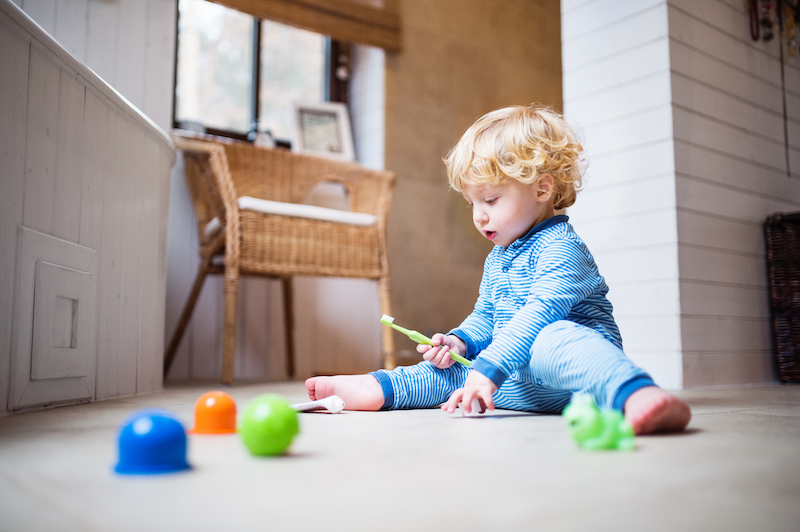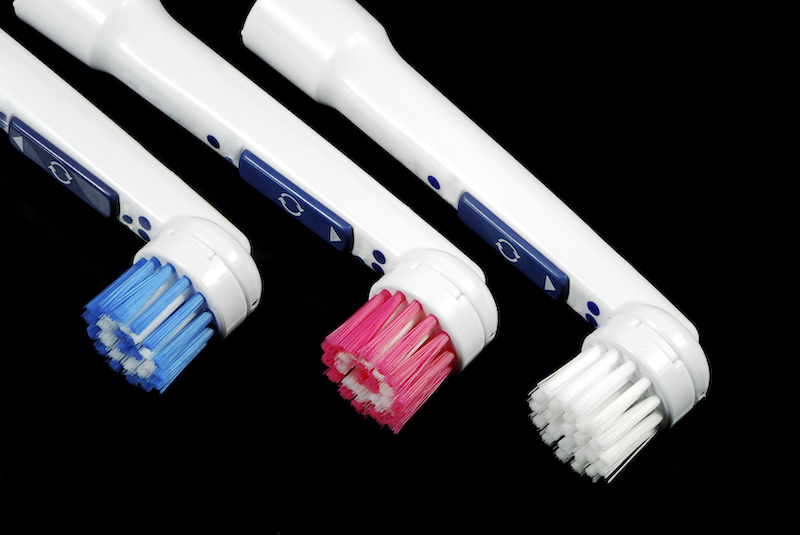There are a lot of toothbrushes options out there. Electric, manual, plastic, metal, brand name, cartoon characters, singing, and everything in-between. The reason there are so many toothbrushes for children is that they are all designed with the same goal in mind: to get kids to want to brush their own teeth. But how do you know what toothbrush you should get your child, and at what age should they start being more responsible and brushing their own teeth? Here are some things to consider when purchasing a toothbrush for your little one.
Electric Versus Manual
It is no secret that electric toothbrushes are better at getting the plaque buildup off your teeth. They also help reduce gingivitis, and they have built-in timers that allow you to focus on brushing on your teeth for the recommended time of two minutes. They don’t need to be replaced as often as manual toothbrushes and can last longer. The biggest con of an electric toothbrush is that they can be very expensive and they can be hard to travel with. Depending on the toothbrush, just replacing the head of the brush every three months can cost an average of $25, and a new electric toothbrush can get into the hundreds. Luckily, most children’s electric brushes don’t cost that much, but they are more than a manual toothbrush. As far as traveling, anything that vibrates will cause TSA to search your bag, and they need an outlet to charge so they aren’t the greatest to take camping. Some children don’t like the feeling vibrations in their mouth and might avoid brushing more.
Manual toothbrushes are a great option for very young children with developing teeth. Soft bristles are best for children because the one problem with manual is that some people brush their teeth too hard. They are a great way to start young kids on the habit of brushing their teeth. Manual toothbrushes are more accessible and much cheaper than electric toothbrushes, but they do have to be replaced more often. Overall, they perform worse on adults at keeping plaque at bay, but with children who are supervised by their parents, they have the same results as electric toothbrushes. The most important difference between them is the one your child wants to brush with.
Age They Should Start Brushing
Just because babies don’t have any teeth, doesn’t mean that you can skrimp on oral health. While they are teething, make sure that their gums are healthy and clean. When they grow their first tooth, you can brush it with an infant toothbrush and a tiny, tiny amount of toothpaste.
It is important that you minimalize how much toothpaste children swallow because it can cause an upset stomach. By the time they are they are two, they should learn to spit out toothpaste after brushing. By the time they are four, they can practice brushing their teeth under supervision. Most kids under eight need help brushing their teeth twice a day to make sure they are getting all their teeth and that they are not swallowing toothpaste.

Teaching your kids the importance of oral health and creating habits at a young age will lead to a great life skill of wanting to take care of their teeth as they get older. Choosing the right toothbrush and encouraging them to brush on their own will help kids understand that they are responsible for their body. Your dentist can also teach them the importance of brushing, so it is necessary to start scheduling appointments early so children can become comfortable with the process of taking care of their teeth.

